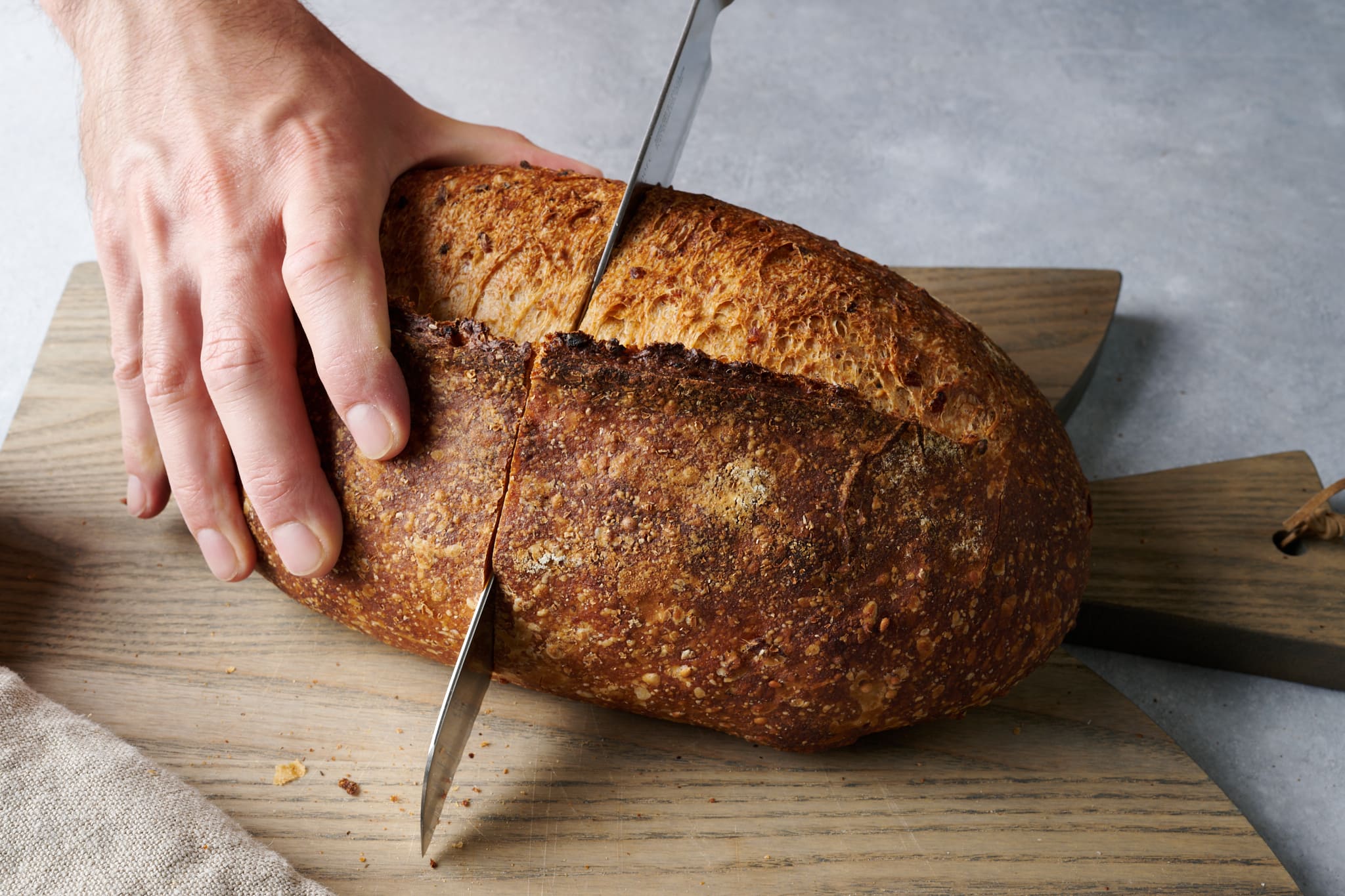How to Hold a Boning Knife: Essential Tips for Barbecue Enthusiasts
Written By James Morgan
When it comes to barbecue, having the right tools and knowledge can make a world of difference in the quality of your finished product. One essential tool that often gets overlooked is the boning knife. Knowing how to hold a boning knife properly can enhance your barbecue skills and ensure you get the most out of your cuts of meat.
In this comprehensive guide, well delve into the tips and techniques of how to hold a boning knife, tailored specifically for barbecue enthusiasts. From identifying the right grip to mastering the art of precision cuts, by the end of this article, youll be ready to tackle any barbecue challenge with confidence.

Why Proper Knife Handling is Crucial
Before we explore the nitty-gritty of holding a boning knife, its essential to understand why proper knife handling is crucial. Improper technique can lead to accidents and inefficiencies, which can be especially problematic during a barbecue session with friends and family.
For instance, an incorrectly held knife can lead to uneven cuts, resulting in poorly cooked meat. Additionally, a firm but flexible grip ensures that you have total control, reducing the risk of accidents. For more on avoiding cuts in the kitchen, check out this detailed guide.

Different Grips for Different Tasks
The Pinch Grip
The pinch grip is one of the most commonly recommended techniques for holding a boning knife. This grip offers excellent control and is ideal for tasks that require precision.
To execute the pinch grip: Place your thumb and forefinger on either side of the blade, just above the handle, while wrapping the rest of your fingers around the handle. This grip allows you to maneuver the knife with skill and confidence, making it easier to make exact cuts.
The Handle Grip
The handle grip is another popular method used by barbecue enthusiasts. This grip is particularly useful for more robust cuts where you need to apply more force.
To use the handle grip: Grasp the handle firmly with all your fingers. Your thumb should be on one side of the handle, and your fingers should be on the other. This grip might not offer the same level of precision as the pinch grip, but it provides more power for cutting through tougher pieces of meat.
Combination Grips
Sometimes, combining elements of both the pinch and handle grips can be beneficial, especially when dealing with varying textures and sizes of meat. This combined approach allows you to switch between precision and power as needed, making your barbecuing efforts more efficient.

Mastering Knife Safety
Safety should always be a top priority when handling any knife, especially a boning knife. Even a slight mishap can lead to severe injuries. Here are some top tips to ensure you handle your boning knife safely:
- Keep Your Knife Sharp: A sharp knife is a safe knife. Dull blades require more force to cut, increasing the risk of slips and accidents. Learn how to sharpen a boning knife properly.
- Cut Away from Your Body: Always cut away from your body to minimize the risk of accidental cuts.
- Use a Stable Surface: Ensure your cutting surface is stable to prevent any unwanted movement while slicing your meat.
- Focus on the Task: Distractions can lead to accidents. Pay full attention while using a boning knife.

Practical Applications in Barbecuing
Understanding how to hold a boning knife correctly is only the beginning. The next step is applying these techniques to your barbecue preparations. Whether youre trimming fat, deboning chicken, or slicing ribs, heres how proper knife handling can elevate your barbecue game.
Trimming Fat
Trimming excess fat is crucial for a well-balanced barbecue. A properly held knife allows for clean, swift cuts, ensuring you remove just the right amount of fat without sacrificing flavor.
For more tricks on achieving the perfect trim, visit our detailed guide on using a boning knife effectively.
Deboning Chicken
Deboning chicken for the grill is a skill that every barbecue enthusiast should master. The proper grip on your boning knife can make this task quick and efficient, giving you more time to enjoy the grilling process rather than struggling with the prep work.
Slicing Ribs
Perfectly sliced ribs are a barbecue staple. By mastering the right way to hold your boning knife, you can ensure each slice is even, contributing to a beautifully presented dish.
Frequently Asked Questions
What is a boning knife used for?
A boning knife is primarily used for removing bones from meat, poultry, and fish. Its flexible and sharp blade makes it ideal for precision cuts. For more detailed information, visit our comprehensive guide.
How often should I sharpen my boning knife?
The frequency of sharpening depends on how often you use your boning knife. Generally, it's good practice to sharpen it every few weeks or whenever you notice it starting to dull. Learn more about maintaining your knife in our sharpening guide.
Can I use a boning knife for other cutting tasks?
Yes, while a boning knife is designed for deboning, its sharp, flexible blade makes it versatile for various kitchen tasks, including trimming fat and slicing meat. For additional tips on multi-purpose knife use, check out this safety guide.
As an Amazon Associate, I earn from qualifying purchases.



